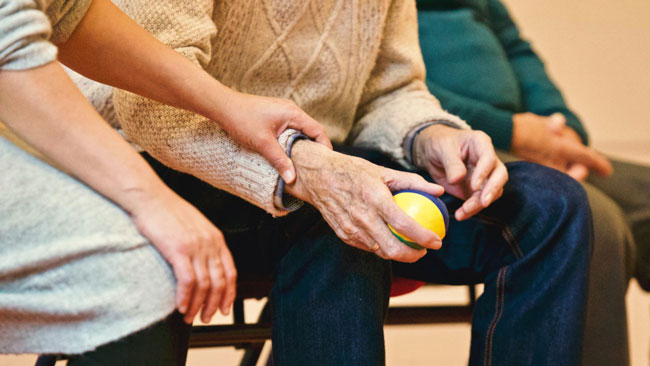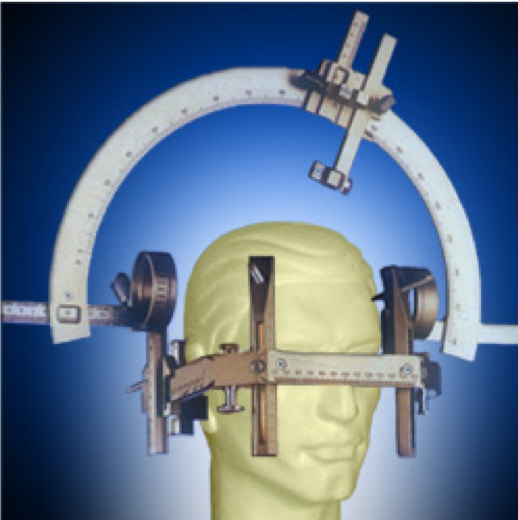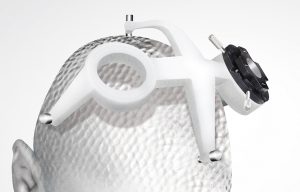Deep Brain Stimulation For Parkinson’s Disease
Deep brain stimulation surgery is a method of treatment for Parkinson’s disease. It provides safe and effective control of the symptoms of Parkinson’s disease. It can also help reduce the medication requirements by up to 50 to 70%. The candidates for such therapy are carefully chosen. Most commonly this includes:
- Patients who have moderate to severe Parkinson’s disease. Their symptoms are progressively worsening or are medically unmanageable
- Patients who have wide motor fluctuations whilst on medical therapy
- Patients with an intolerance or who are developing adverse effects from medical therapy
There are several sites in the brain which are targets for deep brain stimulation in Parkinson’s disease. The main site is the subthalamic nucleus. Other sites may be chosen depending on whether some symptoms are more pronounced and troublesome than the others. These include the thalamus, the posterior subthalamic area, or the pedunculopontine nucleus.
DBS therapy provides effective control of symptoms and improved quality of life over the medium to long term. Yet, it is important to understand that it does not slow the progression of neurodegenerative disease.




